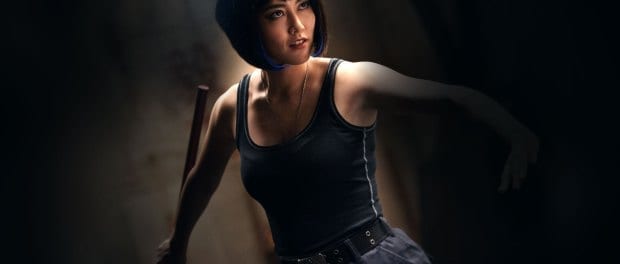Originally conceived in 1985 by cartoonist Alison Bechdel as “a little lesbian joke in an alternative feminist newspaper”, the Bechdel Test has now become the most popular way of checking gender bias in a work of fiction. To pass, the work must contain at least two female characters (preferably with names) who have a conversation about something other than a man. In the past few years the test has seen incredible mainstream attention, even being described as “the standard by which feminist critics judge television, movies, books, and other media” to the point where some cinemas in Sweden have actually incorporated the test into their ratings system. But just how necessary is this test?
Well, given how horribly underrepresented women are in mainstream media you would think that question would be a no-brainer, particularly in cinema. Not only does it put pressure on filmmakers to re-think how they treat their female characters, for instance – as well as making sure they actually include female characters – but it also puts some pressure on us as an audience to take more notice of gender equality in the films we watch.
Yet is it truly fair to label a film as “sexist” if it fails to pass the test? Take Gravity, for example: not only is the lead character a compelling, fleshed out and strong woman, she’s also the only character on-screen for the majority of the film. But she never once speaks to another woman, and therefore the film fails the test. Under the Skin is a film all about female power and agency, yet once again the lead woman never even has a conversation with another woman, so it also fails. So does Star Wars, Saving Mr Banks and Pacific Rim, all of which feature brilliant women in the forefront of the stories.
Pacific Rim is an especially interesting one as the film has been revered for bending the typical tropes and cliches of action movies and especially the treatment of women. The character of Mako Mori has even been the basis for another test known simply as the Mako Mori Test: to pass, the film must have one female character who gets her own narrative arc that is not about supporting a man’s story. An intriguing idea, though it unfortunately still fails to solve the most basic issue of gender balance on-screen.
The Bechdel Test is certainly not perfect. Not only does it fail to take into account the complexity of the characters and the depths of their conversations, but it also seems to only promote white feminism which excludes both women of colour and those in the LGBTQ community. What it does do however is get people thinking and talking about women in film and the kind of roles we usually see them in, and that’s as good a starting point as any. It also tells us which films are and aren’t interested in showing women interacting with each other, which is sadly one of the more popular trends in Hollywood.
So, is the Bechdel Test necessary? Used as the be all and end all goal post to measure feminism in cinema, not really. Used to kick start the conversation of women in film, however, absolutely.
Words by Samantha King
